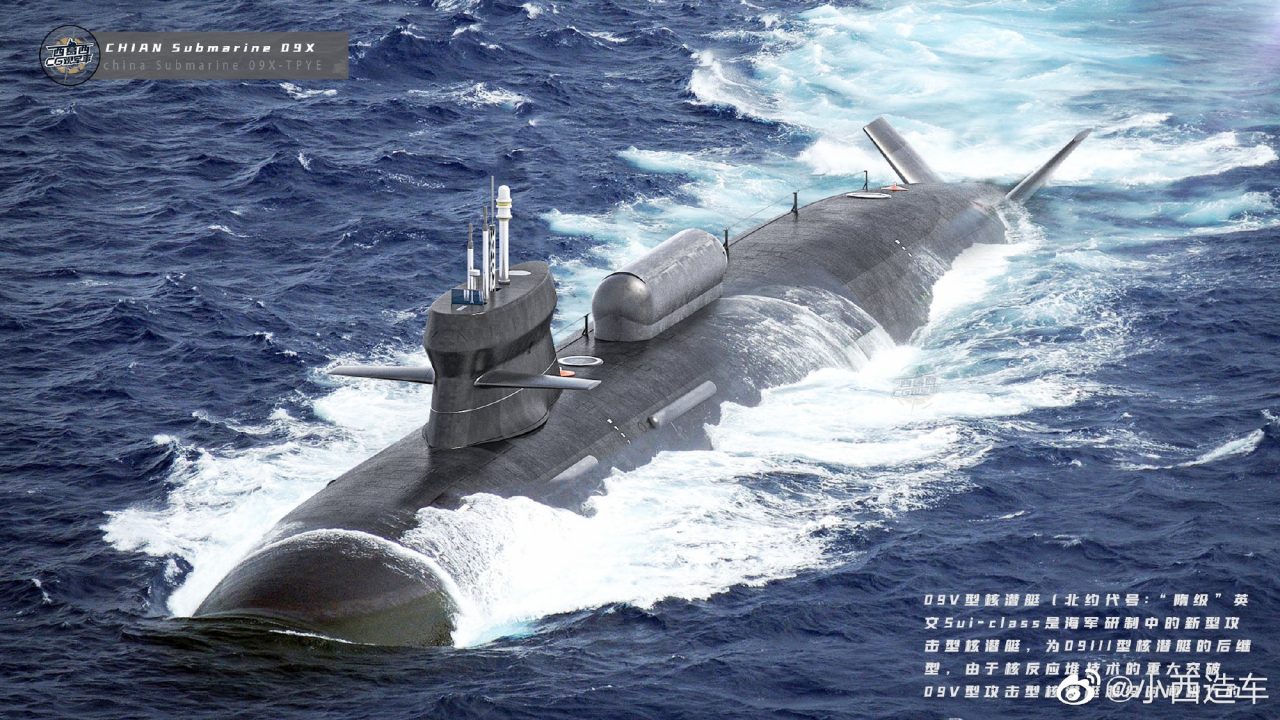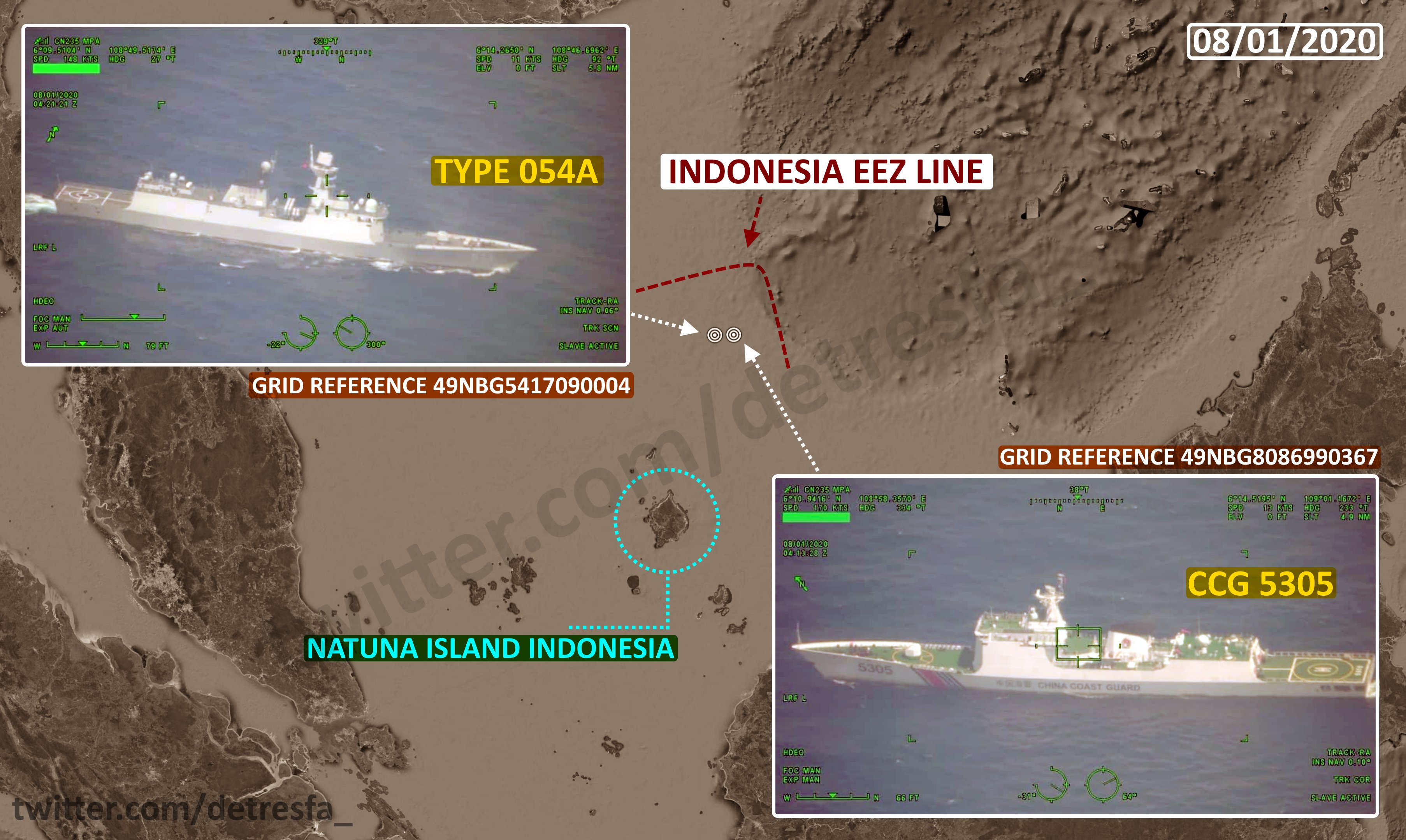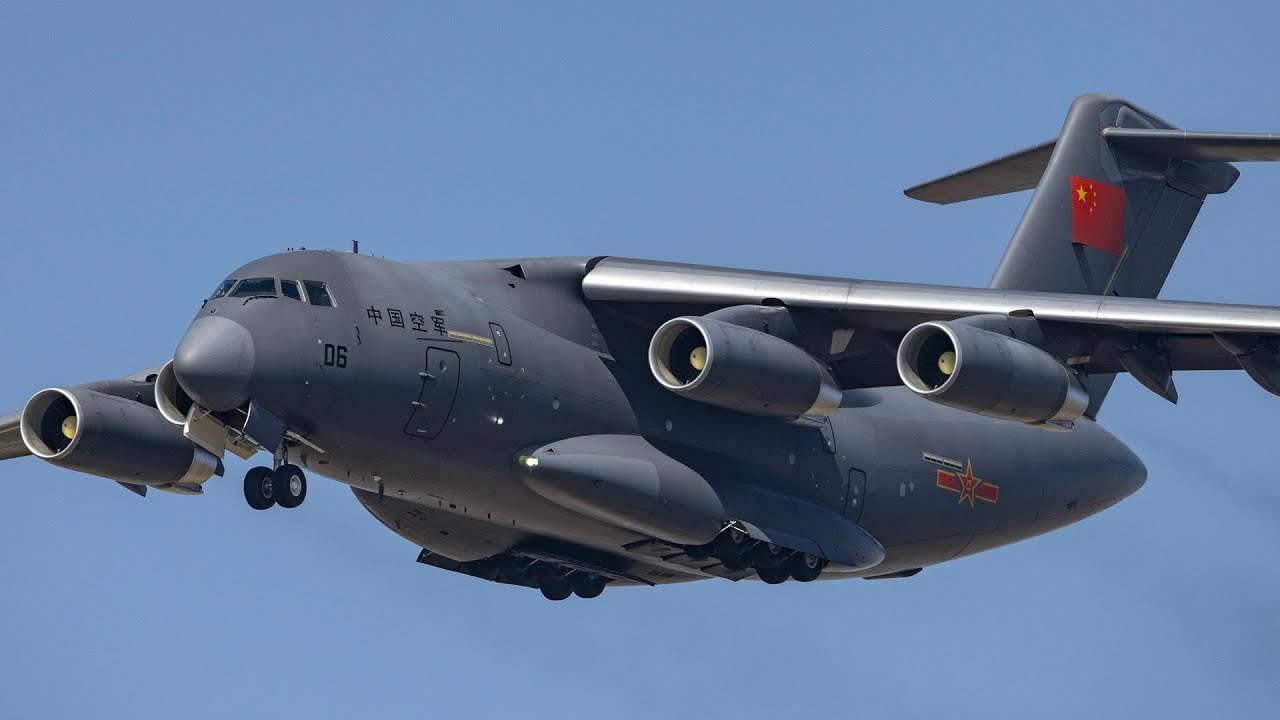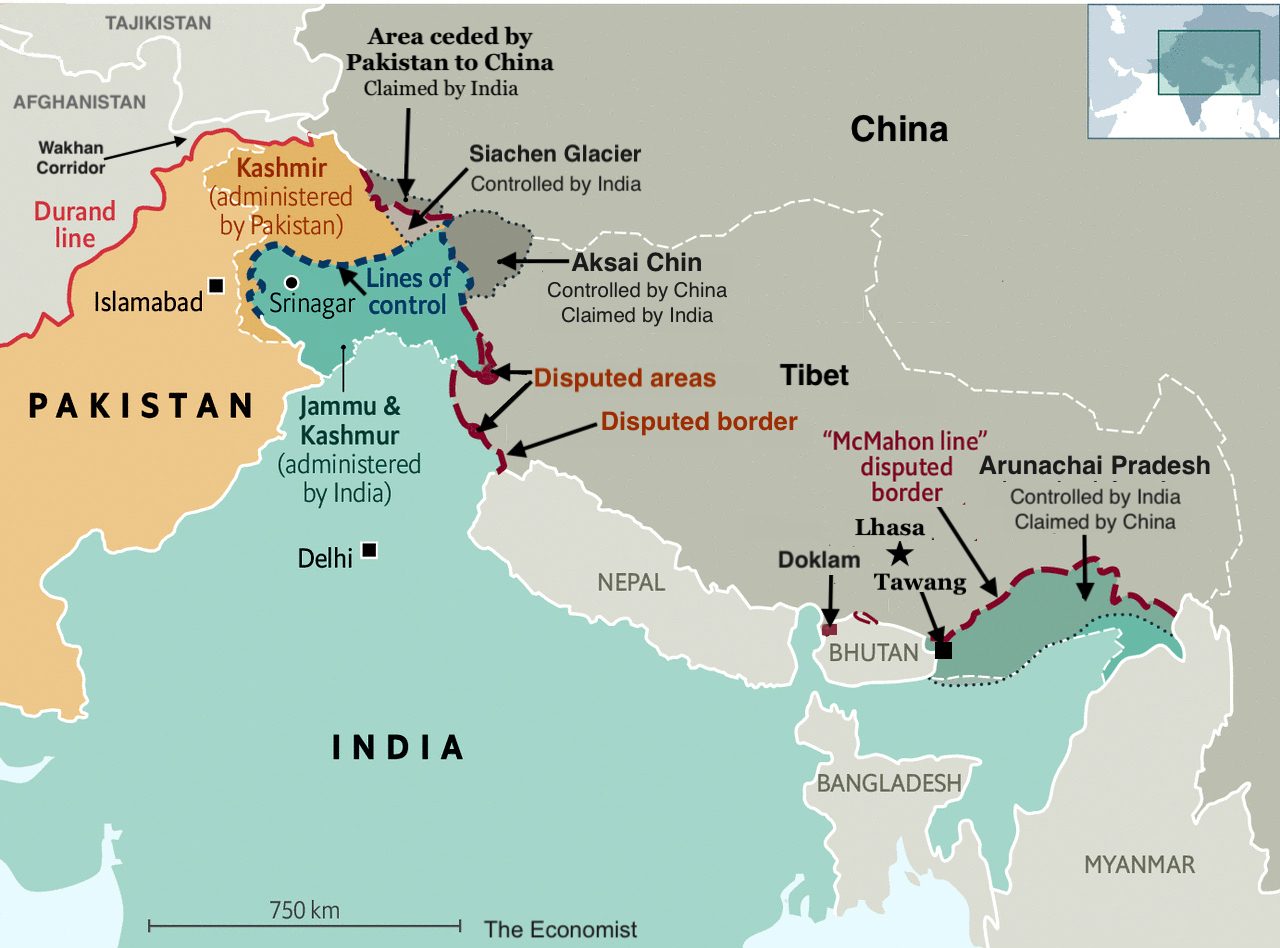China has reportedly been insisting that Indonesia cease an oil and natural gas development endeavor on grounds of territorial infringement of its waters. This is just one of the 19 ongoing territorial disputes that China is currently embroiled in.
Conflict With Indonesia
Since early December, China has been using pressure tactics (such as sending coast guard vessels) aimed at halting an oil and natural gas development project that Indonesia is undertaking in the disputed South China Sea.
Indonesia had started the exploratory drilling in July 2021 near the Natuna Islands. This group of islands falls within Indonesia’s exclusive economic zone (EEZ) that happens to overlap China’s self-proclaimed “nine-dash line” territorial claim which covers much of the sea waters.
China has not only built pressure against the drilling endeavor using naval vessels, which were noticed by eyewitnesses, according to Nikkei, but it has also protested against the same at the UN.
Jakarta, on the other hand, maintains that there is no territorial dispute with China. It has also not spoken of Beijing’s protests. Apparently, the country sees providing a public response to the protests as equivalent to acknowledging the existence of a dispute.
China’s dispute with Indonesia regarding the Natuna islands largely appears to be resource-based. While the communist country has not claimed the islands, it does maintain that it has nearby fishing rights within the “nine-dash line” that includes most of the energy-rich South China Sea.

This claim is disputed by some Southeast Asian countries and is not recognized internationally by the Permanent Court of Arbitration at The Hague.
In the past few years, this outstanding issue has led to an intense stand-off, confrontations, and even an incident where an Indonesian vessel fired at a Chinese fishing boat. There have been similar tensions stemming from several other ongoing territorial disputes China has in the South China Sea, as well as along its land borders.
China’s Maritime Disputes
The South China Sea, where all of China’s current maritime disputes are located, is an extremely important area economically. In 2016, the total amount of trade transiting through this route was $3.37 trillion. The area is also rich in oil and natural gas. In 2017, 40 percent of the global liquefied natural gas trade passed through the South China Sea.
China claims the whole of the South China Sea as its territory, which has an estimated 11 billion barrels of untapped oil and 190 trillion cubic feet of natural gas.
These claims have put the country at odds with competing claimants like Indonesia, Malaysia, the Philippines, Brunei, Vietnam, and Taiwan. Several countries had begun claiming islands and other zones in the South China Sea as early as the 1970s.
This includes the much-contested Spratly Islands which are filled with natural resources and rich in fishing areas.
China has issues with Brunei, The Philippines, Malaysia, Vietnam, and Taiwan. Brunei claims part of the sea nearest to the southern part of the Spratly Islands chain as part of its continental shelf and EEZ. China, on the other hand, claims the southern part of the Spratly Islands chain. The two have had tensions over this.

Even the Philippines is involved in the dispute with China over the Spratly Islands and Scarborough Reef. In response to Beijing’s offer to negotiate, Manila said that these territories are non-negotiable and have always been an integral part of their country.
The Southeast Asian nation also took the dispute to the International Court of Justice (ICJ) where they won the case. However, the Chinese side did not abide by the order. Tensions have continued between the two countries despite the economic incentives offered by China.
Malaysia has a dispute with China regarding these islands. Malaysia’s claims cover the islands included in its EEZ that spans 200 miles. In April 2020, Chinese “maritime militia” vessels started shadowing a Malaysian drillship that was conducting exploration activities off the country’s coast. US and Australian warships entered the waters owing to the dispute before the Chinese vessels left the sea.
Beijing also claims that huge parts of Vietnam, prominently the Paracel Islands, Spratly Islands, and parts of the South China Sea, belong to it. In 2020, Vietnam lodged an official complaint after the Chinese Army had sunk a Vietnamese fishing vessel near Vanguard Bank.

Lastly, there is Taiwan, an autonomous island province that China claims in its entirety. China has specific disputes with Taipei over the Macclesfield Bank, Paracel Islands, Scarborough Shoal, parts of the South China Sea, and the Spratly Islands.
Land Boundary Disputes
Besides these, China also has multiple ongoing land disputes with its neighbors. India has said that China has occupied 38,000 sq. kilometers of its territory in the Aksai Chin region (as of 2020).
Beijing also staked its claim to the Indian state of Arunachal Pradesh and the union territory of Ladakh. The two countries had a violent clash in the Galwan valley in eastern Ladakh in 2020.
In addition, China has pending border issues with Nepal over three boundary pillars in Dolakha, and two close to Mt. Everest. Some reports have stated that China has illegally occupied strategic land at 12 places across Nepal.
The country has also claimed part of Nepal dating back to the Sino-Nepalese war of 1788-1792. It claims that some areas of Nepal are part of Tibet and thus, belong to China.

The communist country has, on different occasions, claimed all of Mongolia, South Korea, and North Korea based on historical precedent.
It has also claimed parts of Laos, Cambodia, Kyrgyzstan, Kazakhstan, and Tajikistan on similar grounds. Bhutan, Russia, Singapore, Thailand, and Japan also have rival claims with China over parts of their respective individual territories.
Why So Many Disputes?
There are multiple reasons for these conflicts. However, a few are very noticeable. In China’s long history, there have been many successful dynasties, that, China claims, had brought very far-off areas under their control. These serve as historical claims on the basis of which China has asserted its claim over several territories.
For instance, the Yuan dynasty controlled parts or whole of Laos, North Korea, South Korea, Tibet, and Mongolia; the Qing dynasty administered areas of Tajikistan); the Ming dynasty annexed parts of Cambodia, and the Han dynasty ruled over areas of Kyrgyzstan.
Another factor could be the disagreements over boundary demarcation during the colonial era. For instance, China maintains that it never agreed with the British on key border issues involving countries such as India.
Speaking to DW News, Helena Legarda from Mercator Institute for China Studies noted that the majority of China’s land borders that were drawn up when the country was created were really vague, and not even demarcated in some places.

Lastly, a hunt for resources and the ambition to portray itself as a hegemon in the region is a potential reason behind China’s perennial territorial disputes. The Spratly Islands and surrounding areas in the South China Sea are quite resource-rich and having control would bring benefits to the Chinese economy, one of the largest in the world.
China’s territorial ambitions, mixed with a sense of nationalistic and historic pride associated with the successful dynasties that ruled the country in the past have been in place for a while.
The EurAsian Times had previously reported about an article published around eight years ago on Beijing-based online portal Sohu, where the author wrote about six “inevitable” wars that China must undertake between 2020-2050.
It spoke of a war to unify Taiwan by 2025, followed by the conquering of the Spratly Islands before 2030, the annexation of Southern Tibet (Arunachal Pradesh) from India by 2040 and Senkaku Islands from Japan by 2050, followed by the integration of Outer Mongolia and taking back lost lands from Russia.
These steps, the author believed, would be major milestones before China gains the status of global hegemon.
While this old article definitely does not point towards actual strategy, some quarters believe that it could be a good indicator of the Chinese mindset and the nationalistic ambitions and sentiments that have been nurtured for years.
- Contact the author at: shreyya.mundhra@gmail.com
- Follow EurAsian Times on Google News




